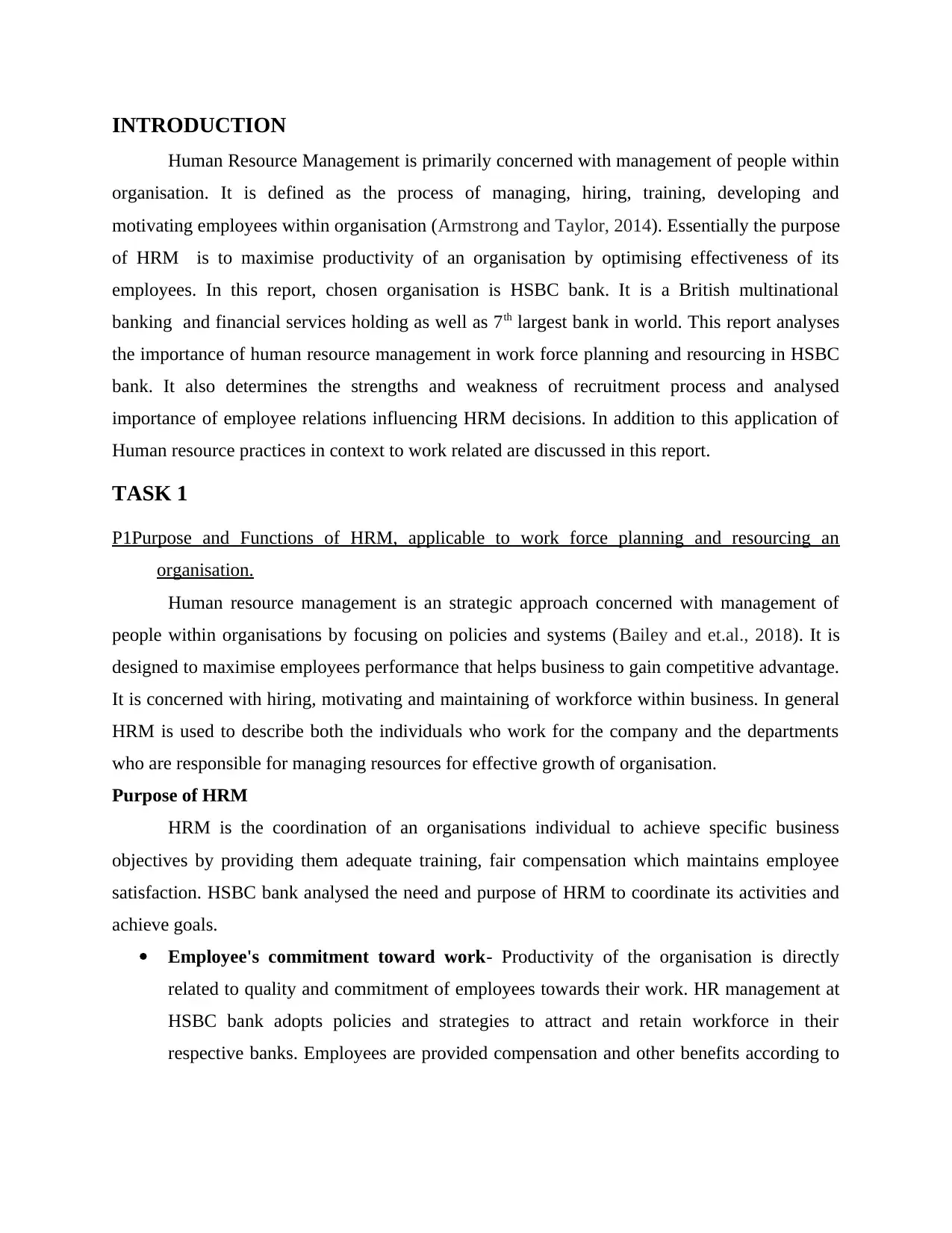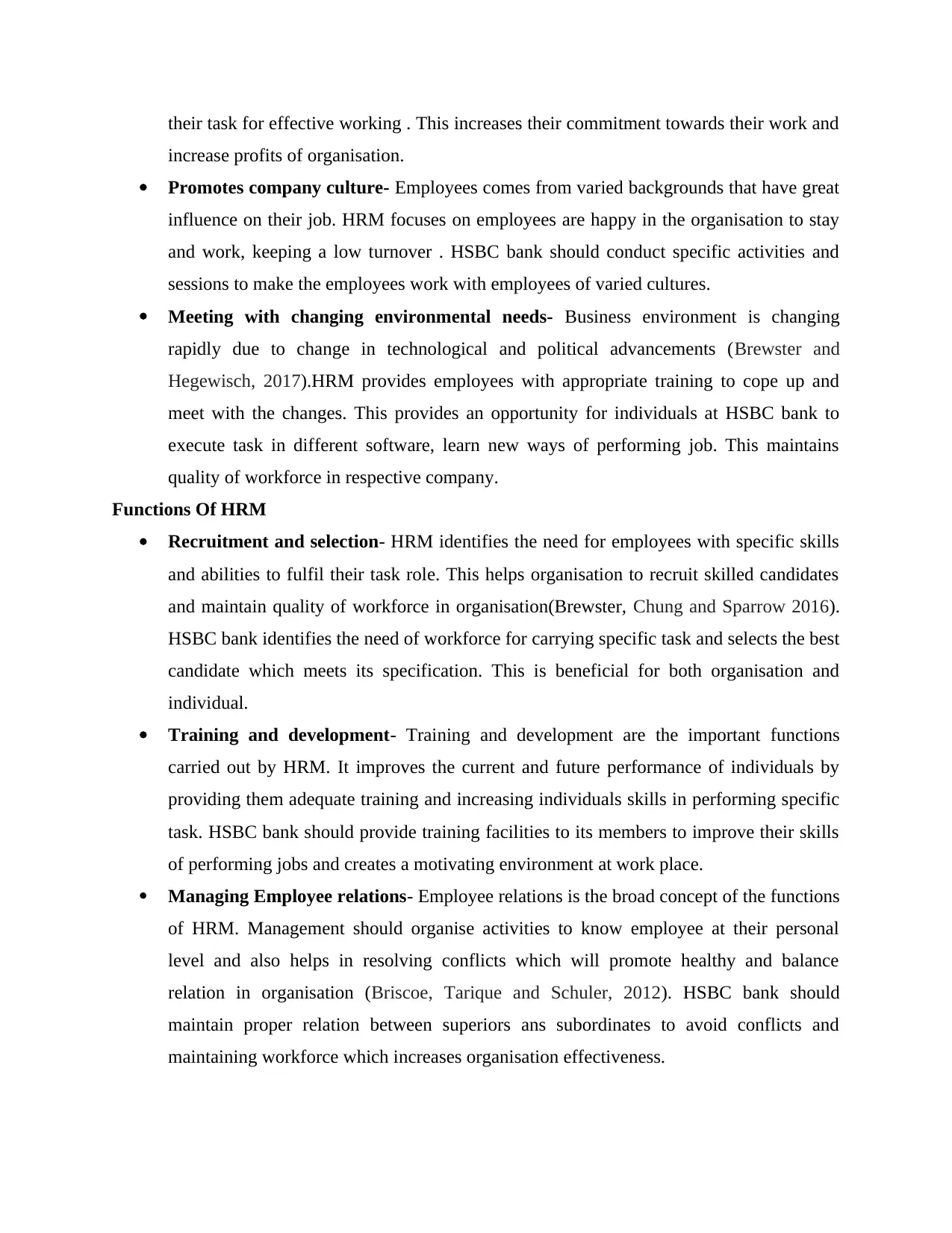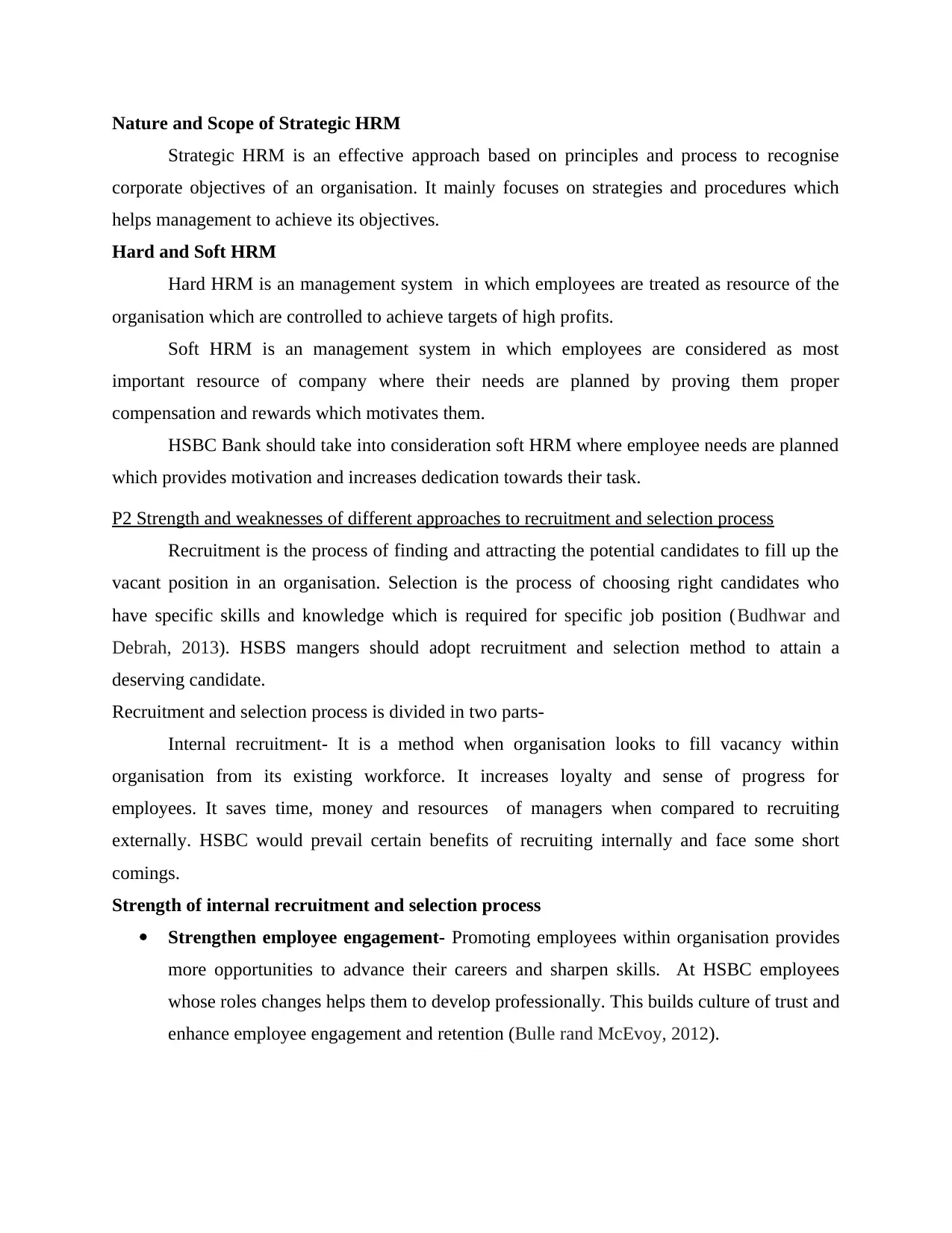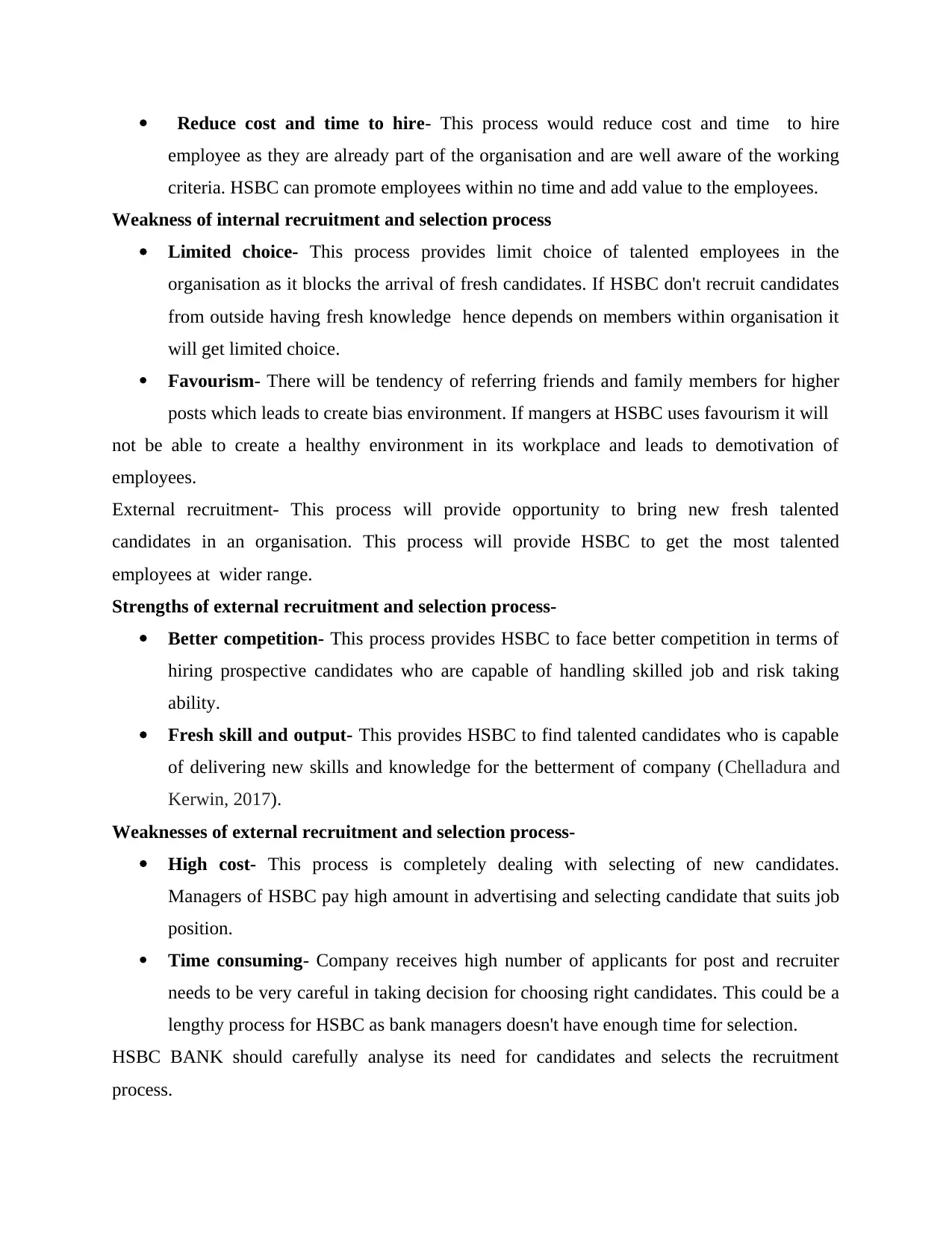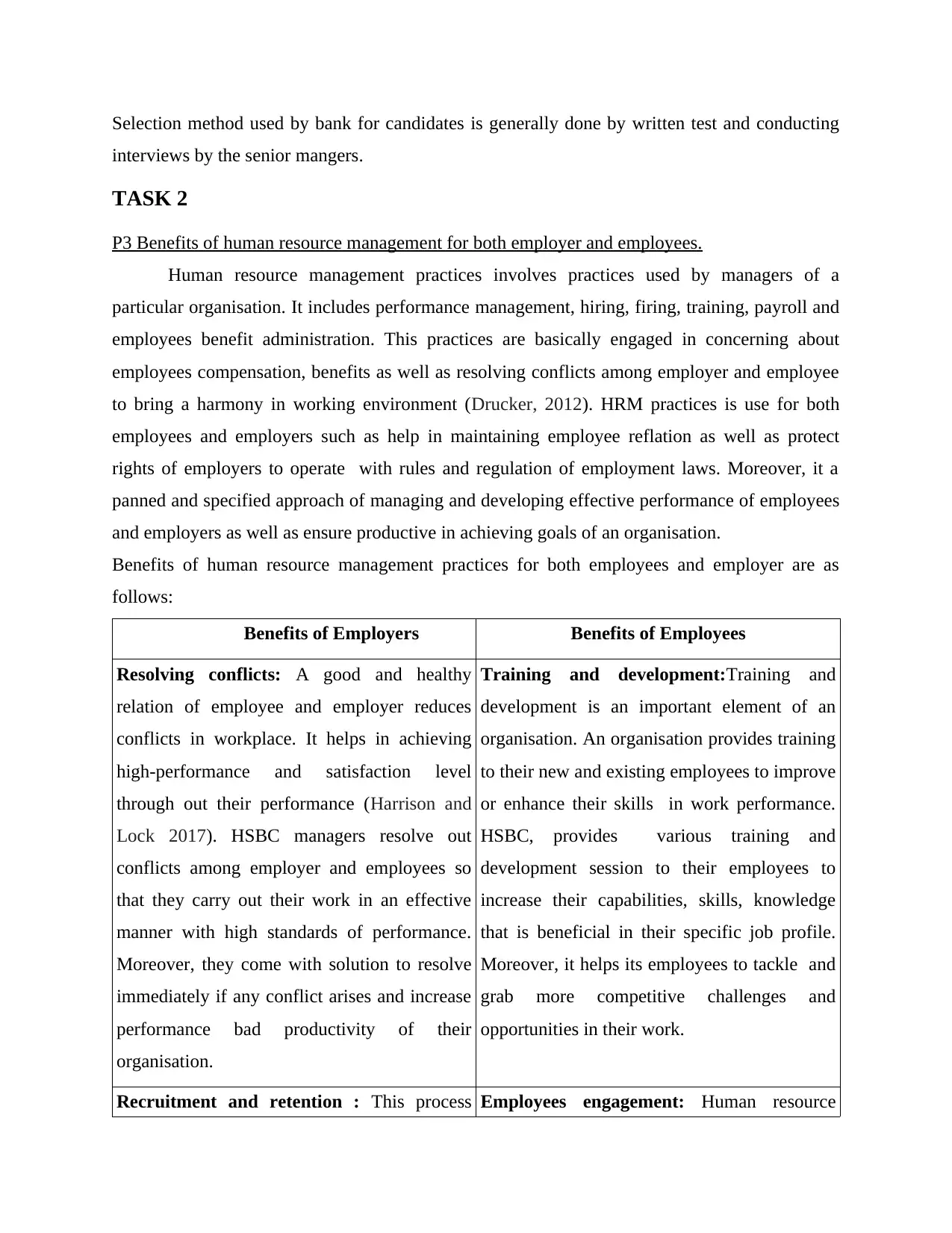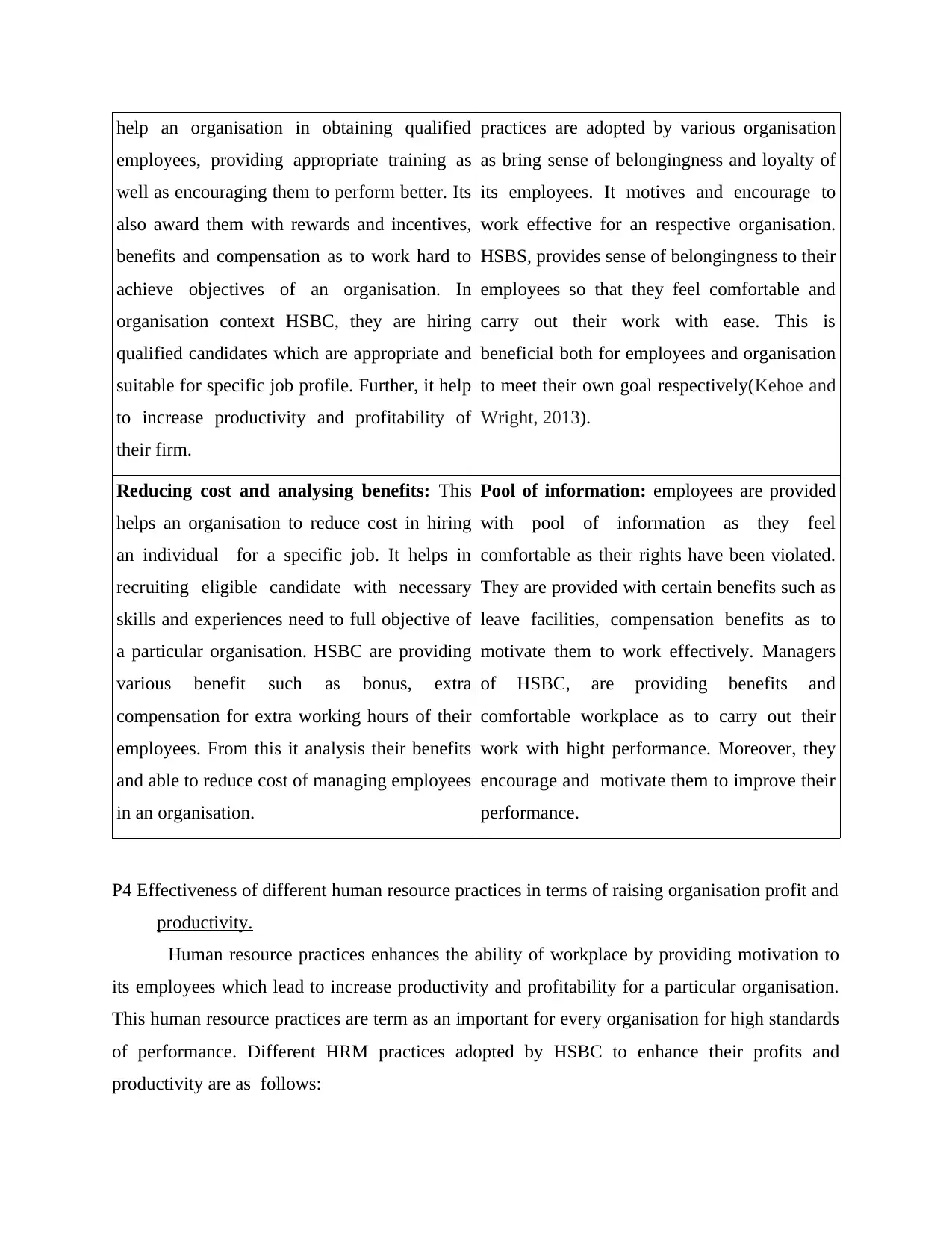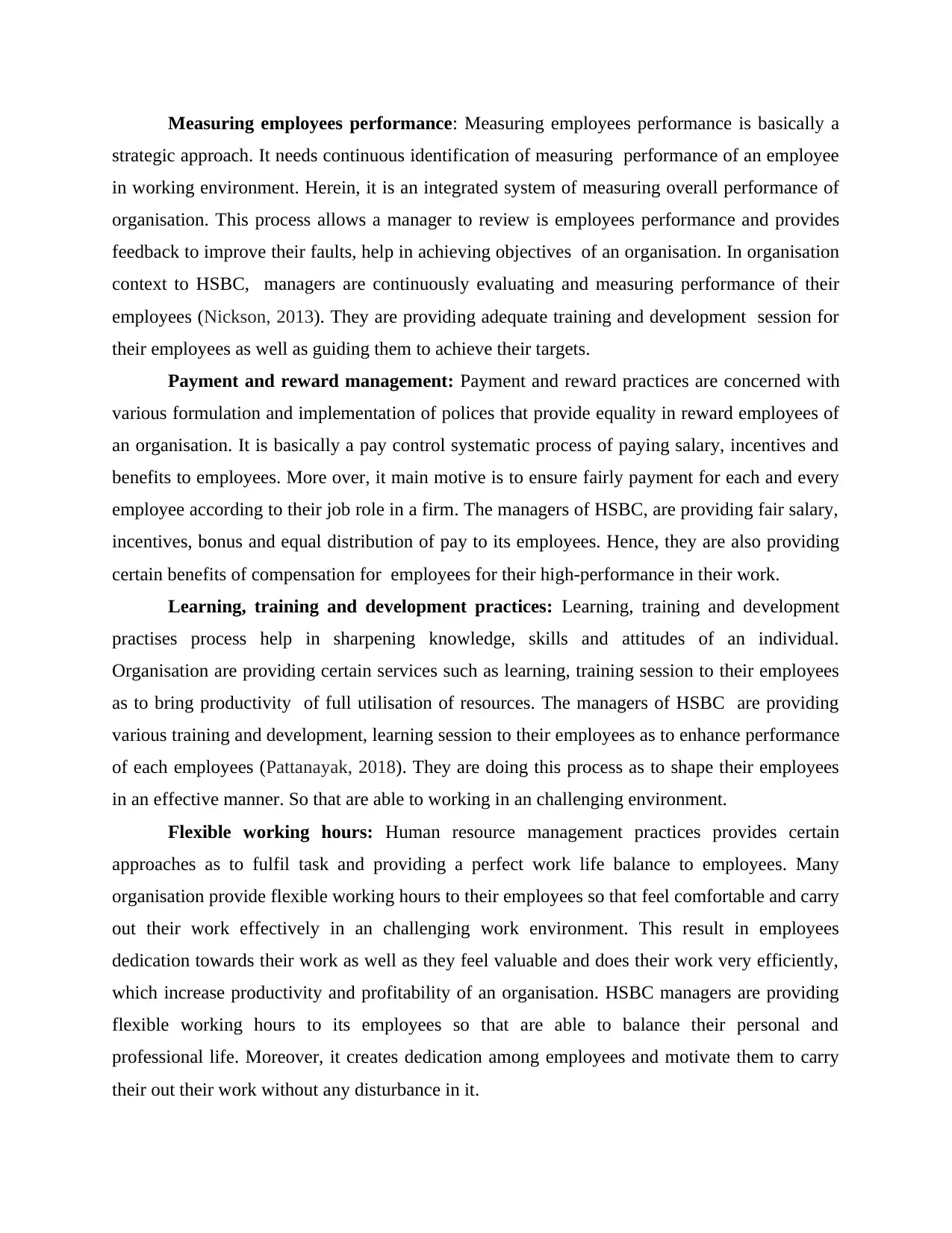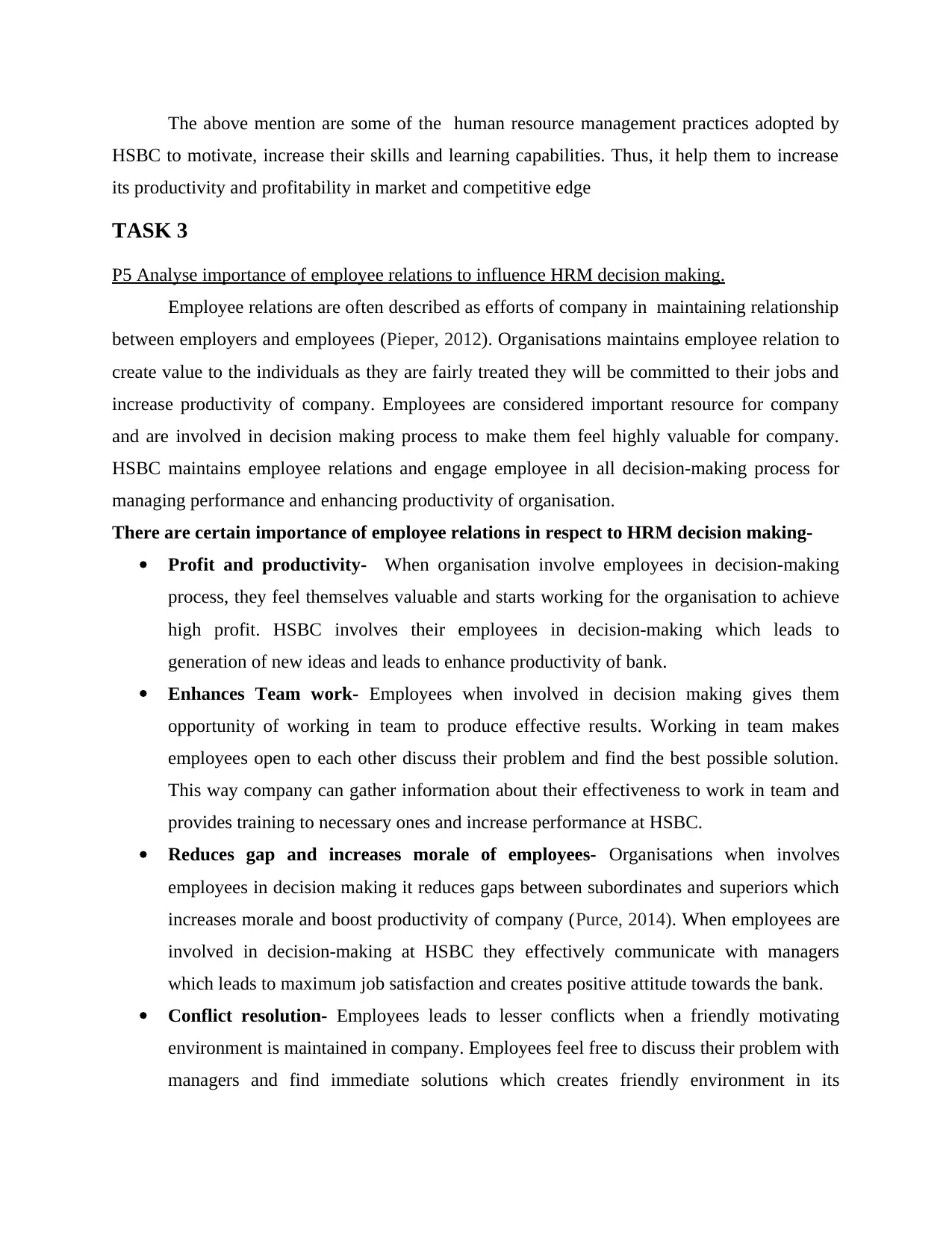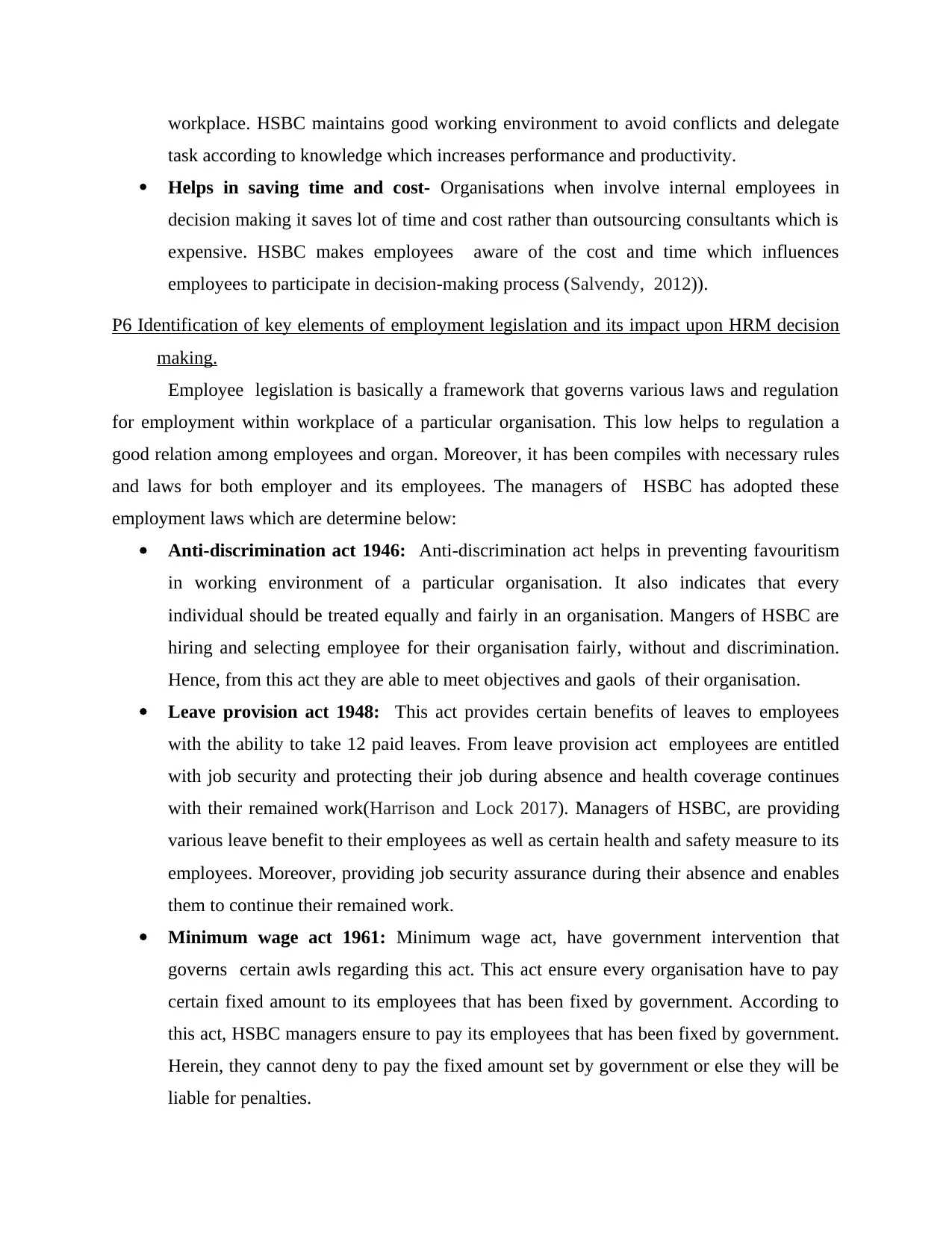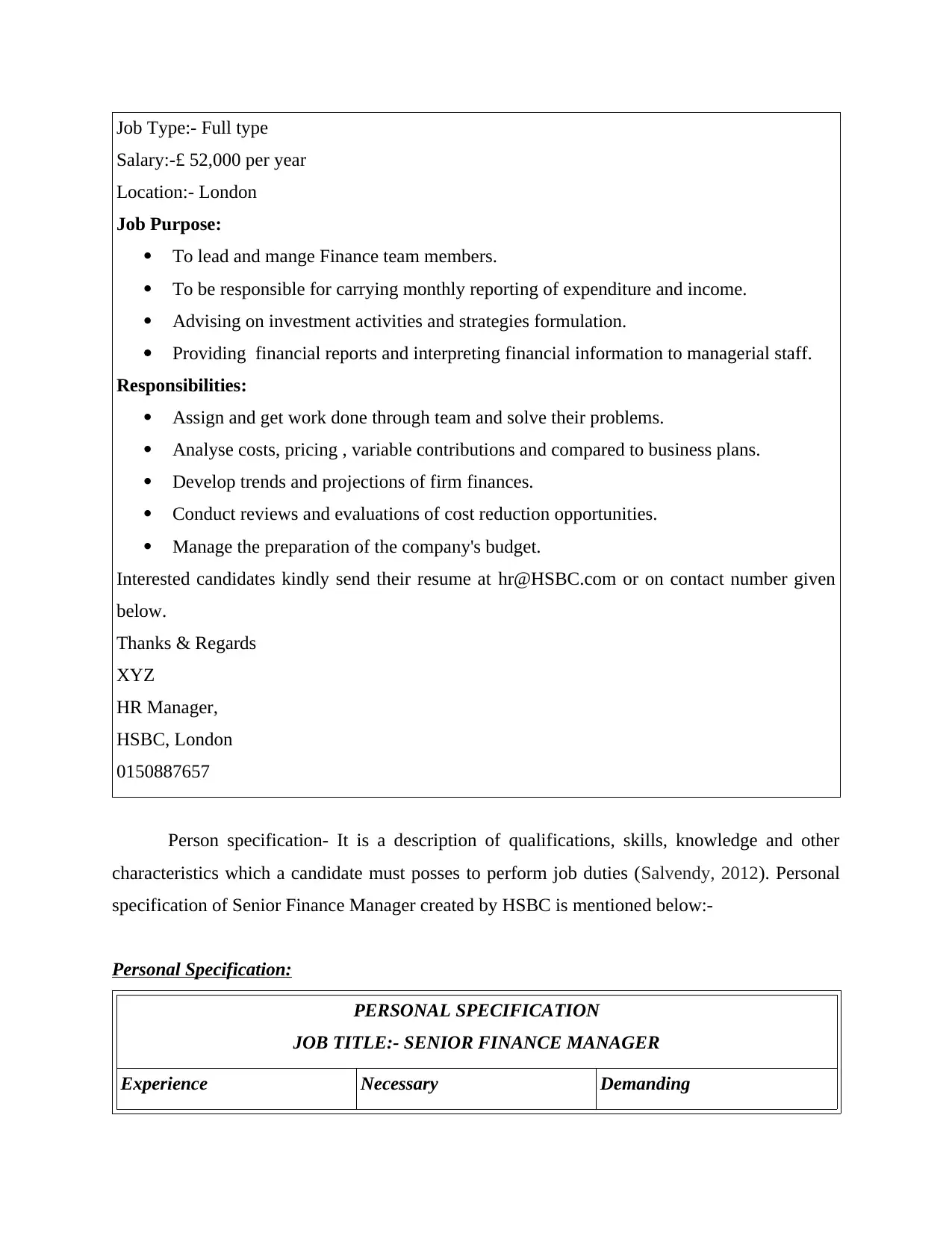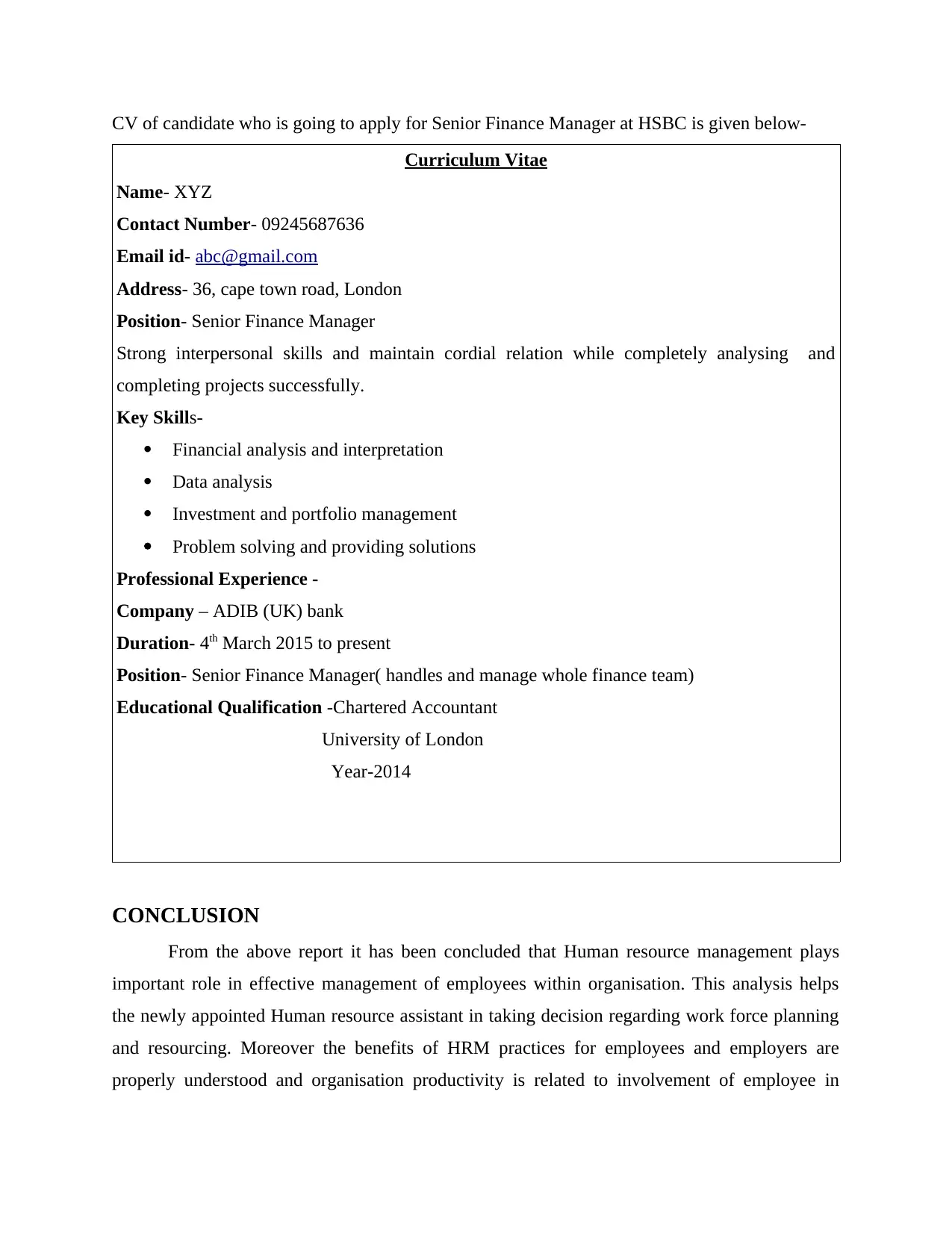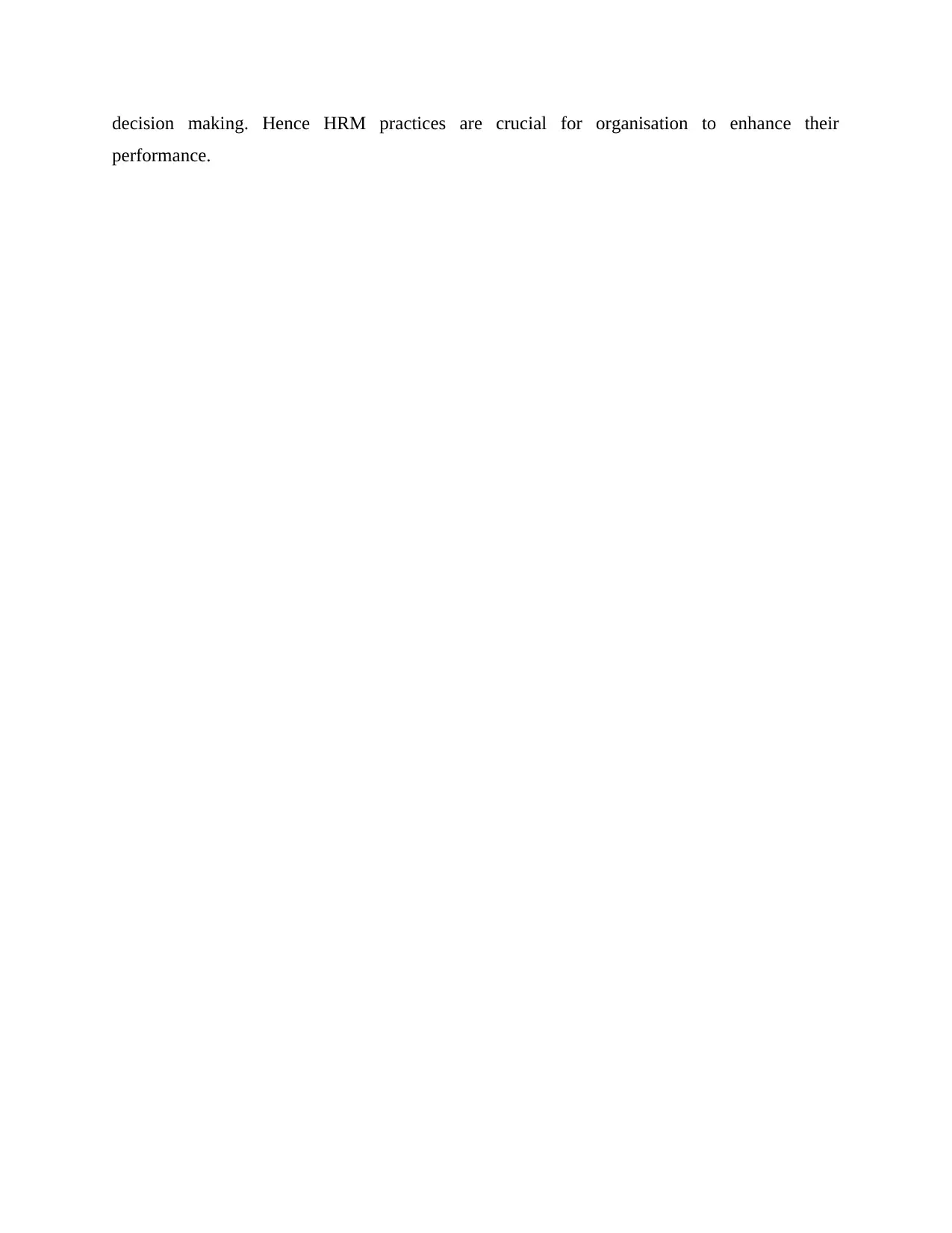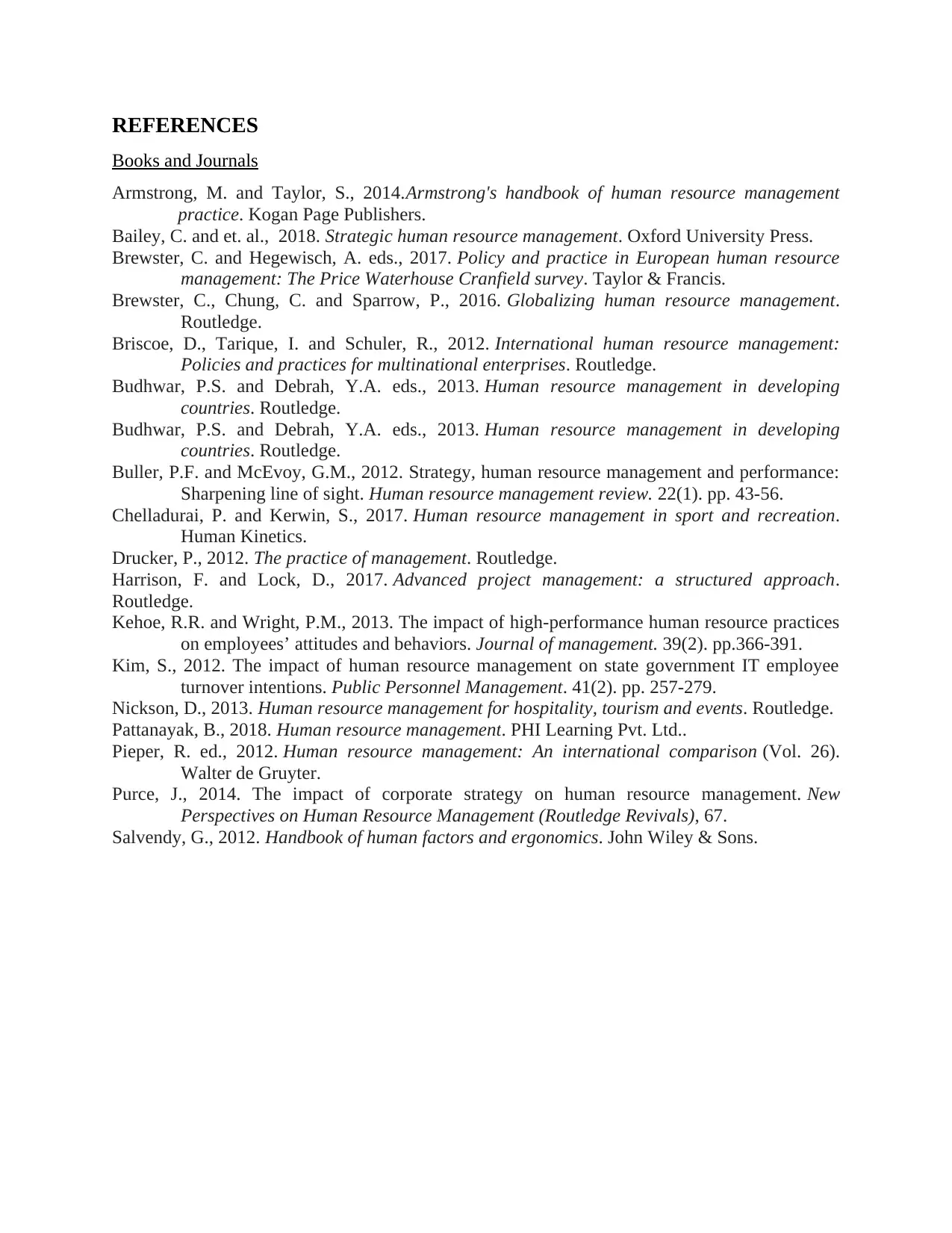This report analyzes the importance of Human Resource Management (HRM) in HSBC Bank, a leading multinational banking and financial services holding company. It examines the purpose and functions of HRM, the strengths and weaknesses of different recruitment and selection approaches, and the benefits of HRM practices for both employers and employees. The report also explores the effectiveness of HRM practices in raising organizational profit and productivity, the importance of employee relations in influencing HRM decision-making, and the impact of key elements of employment legislation on HRM decisions. Finally, the report provides specific examples of HRM practices applied in a work-related context. This report is available on Desklib, a website that provides past papers and solved assignments for students.
![[object Object]](/_next/static/media/star-bottom.7253800d.svg)
![[object Object]](/_next/static/media/star-bottom.7253800d.svg)


